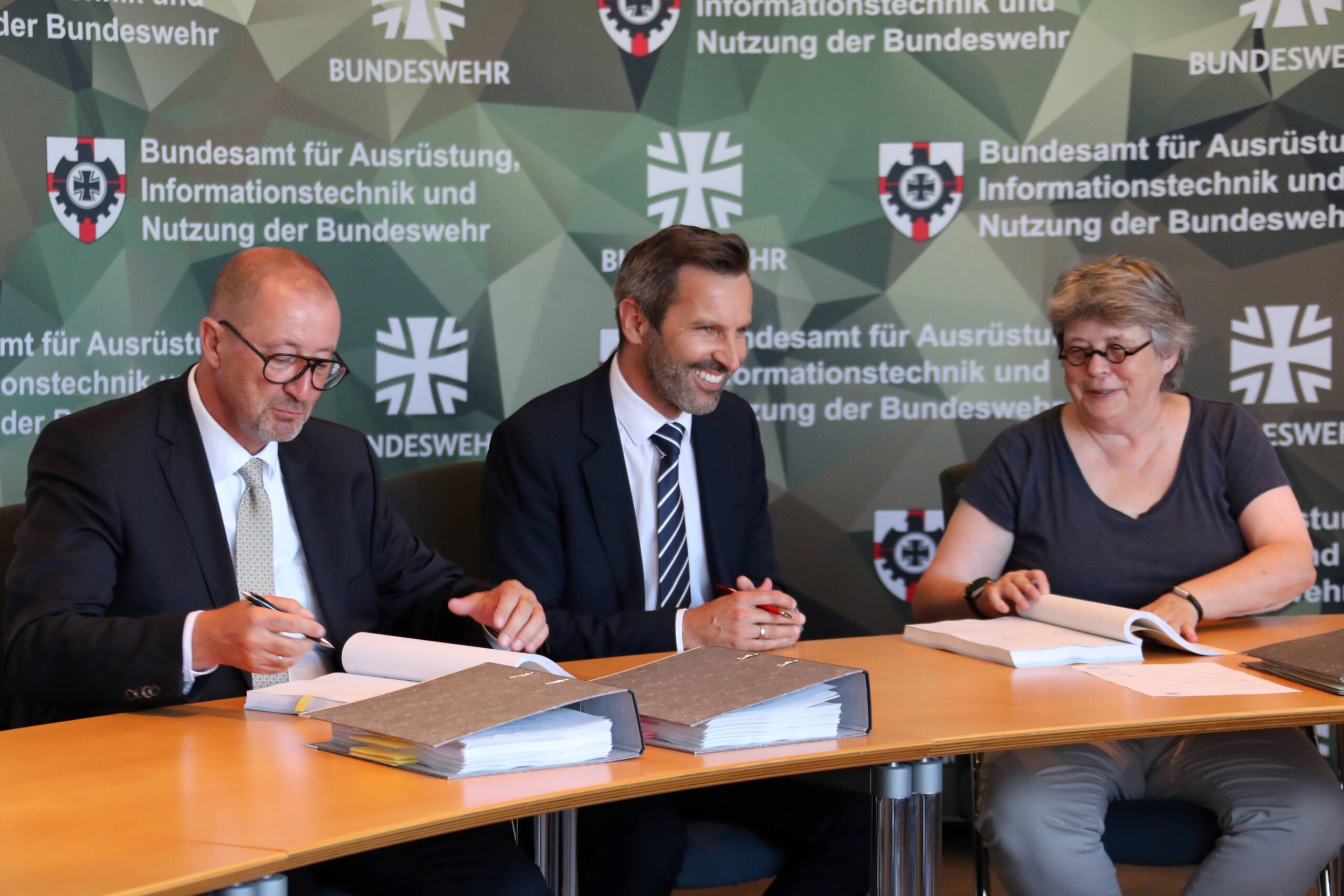The design process, whether its object is a product, system, or a building, begins with a brief, which is then met with a certain specification. A project’s constraints and limitations must be understood clearly to satisfy the initial brief.
The beginning of the process is the most crucial stage to factor into these considerations. Once production has commenced, alterations and amendments to design, materials, and manufacturing methods can significantly affect cost and time.
Knock-on effects
Fire protection has commonly been the fire safety officer’s sole responsibility and is often not considered at the planning stage.
Building inspections can all too easily overlook inadequate fire-stopping materials. Replacing sub-standard materials can be expensive and encroach further into precious floor space on a shiny new development.
Pre-design
Before designers and architects are even appointed to a project, planners and developers should factor in essential fire-stopping measures. Planning regulations don’t currently require a detailed description or proof of which fire-stopping methods will be deployed within a development until construction has already begun.
Fire regulations should be a prerequisite for planning approval and the conditions should clearly state what needs to be achieved before a spade has even been put in the ground.
It’s all in the education
Educating developers on the importance of fire protection within buildings is crucial to changing the mindsets of incorporating fire-protection considerations into building design at an early stage.
Attitudes are beginning to change as technology evolves and fire protection measures are no longer seen as cumbersome inconveniences. It does, however, come with a price tag — which is where value engineering can help.
But this is merely the tip of the iceberg when it comes to reaching anyone actually building new structures. It’s a frightening thought that fire protection is often afforded a lower priority than the intricate splendor of an ornate ceiling.
Aesthetics can even outweigh the practicalities of escape procedures, emergency crews entering a building, and a building’s accessibility for emergency vehicles.
FIREX Academy
Planners and developers can strengthen their knowledge of fire protection by attending seminar sessions at the FIREX Academy, the education stream at FIREX International. Attendees at the show, which takes place on 17 to 19 June 2014 at ExCeL, London, can experience sessions run by leaders in the fire industry, gaining a deeper understanding of how to make buildings as fire-safe as possible.
The leading event for the fire industry, FIREX International is the only arena where professionals with fire-related responsibility gain expertise and guidance in life safety all under one roof.
The full seminar program is due to be announced and will include influential speakers from BRE, ASFP, and FIA.
For more information and to register for a free visitor badge, visit www.firex.co.uk.








